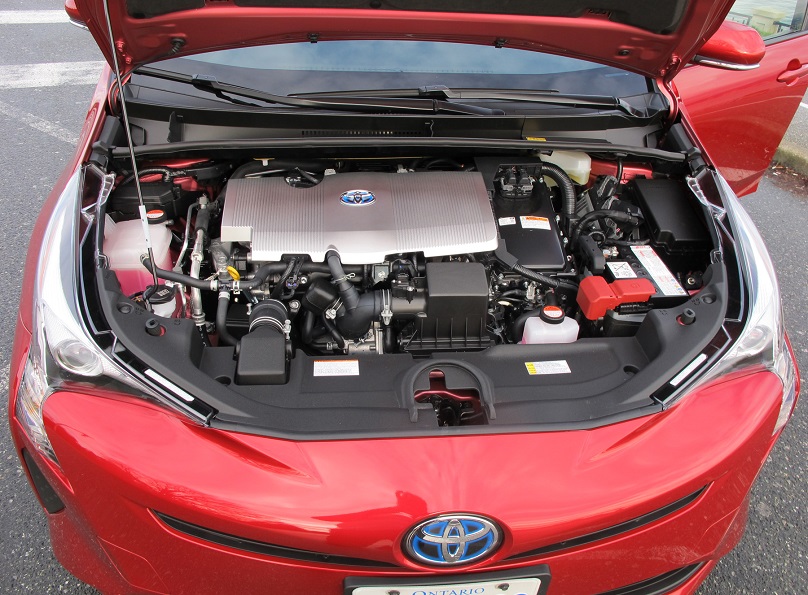Understanding the Different Types of Hybrid Cars; Pros and Cons

Hybrid cars are vehicles that use a combination of an internal combustion engine and an electric motor to power themselves. They have gained popularity in recent years due to their ability to reduce emissions and increase fuel efficiency.
There are various types of hybrid cars available on the market today, with their unique characteristics and benefits.
In this article, we will explore the different types of hybrid cars and the advantages and disadvantages of each.
Full hybrid cars
Full hybrids are a type of hybrid car with both a gasoline engine and an electric motor, working together to power the car. The electric motor is typically used for low-speed driving, while the gasoline engine kicks in for higher speeds or when more power is needed. They have a battery pack that stores energy recovered during braking. This energy is then used to power the electric motor.
Full hybrid cars can run on electricity alone for short distances, which means you can save on gasoline costs. They also have the ability to shut off the gasoline engine when the car is stopped, which can save fuel and reduce emissions. However, they can be more expensive upfront compared to traditional gasoline-only cars, and their batteries may need to be replaced after a few years.
Mild hybrid cars
Another type of hybrid car is the mild hybrid. These vehicles have a smaller electric motor and battery pack than full hybrids, and they do not have the ability to run on electricity alone. Instead, the electric motor provides a boost to the gasoline engine, helping to improve fuel efficiency.
Mild hybrid cars have improved fuel efficiency and reduced emissions. They are also typically less expensive upfront compared to full hybrids. However, they do not have the same all-electric driving capabilities, and they may not offer as much fuel savings as full hybrids.
Plug-in hybrid cars
Plug-in hybrid cars have a larger battery pack than full and mild hybrids, and they can be charged by plugging them into an electric outlet. They can run on electricity alone for longer distances than full hybrids and have a gasoline engine as a backup.
Plug-in hybrids offer some of the same advantages as full and mild hybrids, including improved fuel efficiency and reduced emissions. They also have the added benefit of being able to run on electricity for longer distances, which can save even more on fuel costs. However, they can be more expensive upfront compared to traditional gasoline-only cars, and they require access to a charging outlet.
Conclusion:
The above-mentioned types of hybrid cars have their own unique advantages and disadvantages. You should know the type you are interested in and choose the one that best suits your needs.
Other posts
- 5 Best Electric Bikes for Women in 2023
- The Popularity of White Cars: Why White is the New Black
- How to Choose the Best Car for Your Lifestyle and Budget
- All You Need to Know About Donut Spare tires—The Pros and Cons
- How to Maintain and Extend the Life of Your Wiper Blades
- CVT Transmission Lifespan: How Long Will It Last?
- 4 Benefits of Owning an Electric or Hybrid Car
- Check Engine Light Explained—What to Do When It Comes On
- How to Save Money on Gas by Optimizing Your Driving Habits